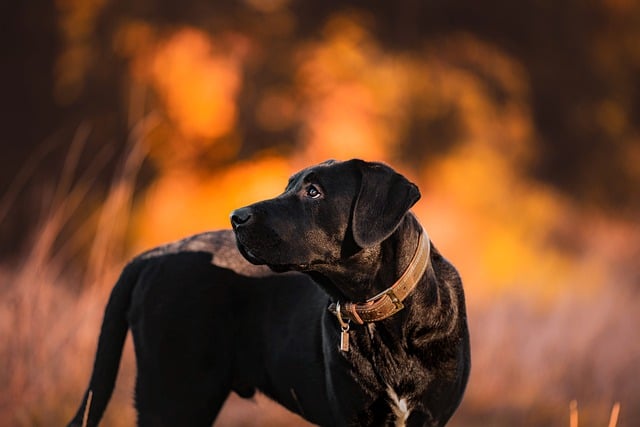
How do i train my dog to be obedient?
Watching your dog dart across the park ignoring your calls isn’t just frustrating—it can put them at risk near busy streets or public spaces.
When working with dogs, getting them to repeat good behaviors or stop unwanted ones often comes down to how we respond to their actions. That response—whether it’s a treat, a pause, or a gentle correction—is what experts call reinforcement, and it comes in four main forms. Understanding each can make dog training feel less like a battle and more like a conversation with your pup.
Let’s start with the one most owners are familiar with: positive reinforcement. This is when you add something pleasant right after your dog does something you want. Think giving a tiny treat when they sit on command, or a enthusiastic belly rub when they come running when called. It works because dogs quickly learn, “If I do this, something good happens.” It’s why puppy classes swear by it—consistent positive reinforcement builds trust and makes training feel like a game. Just remember, timing matters: the reward needs to come seconds after the behavior, or they might not connect the two.
 Then there’s negative reinforcement, which sounds tricky but is actually simple. Here, you take away something unpleasant once your dog does the desired action. For example, if your dog pulls on the leash during walks, stopping in your tracks (so the pressure eases when they relax the leash) teaches them that loosening up means the uncomfortable tugging goes away. It’s not about being mean—it’s about helping them understand that good behavior removes something they don’t like. Just be sure any methods you use stay within local guidelines, as some regions have strict rules against harsh physical corrections.
Then there’s negative reinforcement, which sounds tricky but is actually simple. Here, you take away something unpleasant once your dog does the desired action. For example, if your dog pulls on the leash during walks, stopping in your tracks (so the pressure eases when they relax the leash) teaches them that loosening up means the uncomfortable tugging goes away. It’s not about being mean—it’s about helping them understand that good behavior removes something they don’t like. Just be sure any methods you use stay within local guidelines, as some regions have strict rules against harsh physical corrections.
On the flip side, positive punishment involves adding something unpleasant to stop a behavior. This might be a sharp “no” or a quick, light tap on the shoulder when they jump on guests. But use this sparingly—overdoing it can make your dog anxious, and in many places, excessive force isn’t just ineffective, it’s against the law. The key is that it should be mild enough to get their attention without scaring them.
The fourth type is negative punishment: taking away something your dog likes to discourage bad behavior. If your dog nips during play, immediately stopping the game and turning away for 10 seconds lets them know nipping ends the fun. It’s effective because it’s natural—dogs thrive on interaction, so losing it even briefly makes them think twice next time.
All four types play a role, but the best dog training leans heavily on positive reinforcement. It builds confidence, strengthens your bond, and aligns with how dogs learn naturally. Remember, every dog is different—what works for a high-energy terrier might not for a laid-back bulldog. And always check that your methods fit with local regulations; many areas prioritize humane training to keep both dogs and people safe. At the end of the day, reinforcement is about guiding your dog toward being the best version of themselves—and enjoying the process along the way.

Watching your dog dart across the park ignoring your calls isn’t just frustrating—it can put them at risk near busy streets or public spaces.

New puppy owners often find themselves rushing to clean up accidents before they set in, and that’s where puppy pad training becomes a game-changer.

If you've noticed your dog's waistline disappearing and your veterinarian has mentioned those few extra pounds, your first instinct might be to simply reduce the amount of food in their bowl.

Training a dog to use a designated spot indoors isn’t as daunting as many new owners fear, but it does take consistency and an understanding of your pet’s needs.

That moment of dread on a walk is all too familiar for many new dog owners. You see another dog approaching down the sidewalk of your neighborhood

If the sight of another dog on your neighborhood walk makes your heart sink as your own dog erupts into a frenzy of barking and lunging, you're not alone.